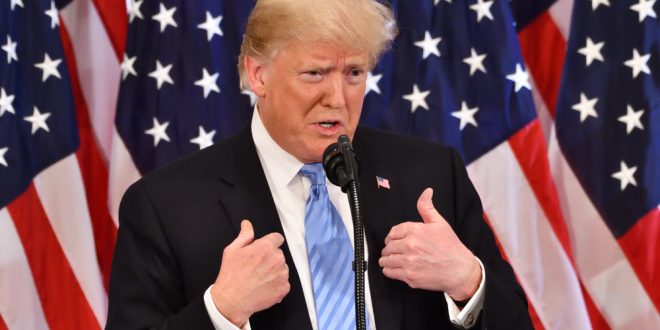U.S. President Donald Trump confirmed on Thursday that the U.S. will begin sending out letters to major global economies by Friday, detailing the specific tariff rates their exports will face when entering the U.S. market. The announcement marks a decisive move towards implementing the tariffs after a 90-day pause which was put in place earlier this year to allow more time for trade negotiations.
Tariff Range and Implementation
The tariffs will range between 10% to 20% and 60% to 70%, depending on the country and the nature of the trade. These levies are set to take effect starting August 1. Trump, speaking to reporters in Washington, acknowledged the complexity of negotiating with over 170 nations. As a result, his administration will forego the detailed negotiation process in favor of implementing blanket tariffs across major trading partners.
In the initial batch of notifications, between 10 and 12 countries will receive letters on Friday, outlining the tariffs they will face. This marks a significant shift from the earlier ambitious goal of securing 90 trade deals in 90 days, a target which has proven difficult to meet.
Trade Deals and Negotiations
So far, the U.S. has only secured trade deals with the UK and Vietnam, alongside a framework agreement with China. Trump’s decision to proceed with tariffs comes after months of strained negotiations with countries like Japan, South Korea, and India, which have yet to finalize any agreements. The imposed tariffs will affect a broad range of U.S. trading partners, with levies ranging from 20% to 50% on goods imported from these nations.
Trump’s earlier proposals in April suggested sweeping tariffs against major economies, but he had initially postponed their imposition by 90 days, allowing countries more time to reach trade agreements with the U.S. However, with the July 9 deadline looming, Trump has signaled that he will not extend this deadline and is pushing forward with the imposition of tariffs on countries that have failed to reach agreements.
Global Economic Implications
The shift towards blanket tariffs is likely to escalate tensions with major U.S. trading partners. While the move is seen as an effort by the Trump administration to assert its trade dominance, it may further complicate global trade relations and potentially escalate existing trade wars. The tariffs could also have significant implications for global supply chains, with businesses facing higher costs for imported goods.
The focus is now on the next steps in this ongoing trade saga, with the deadline for new trade agreements rapidly approaching. The tariffs will not only affect U.S. imports but also the broader global market, as countries respond with their own retaliatory measures.
This development adds to the uncertainty surrounding U.S. economic policy as the government prepares to implement one of its most significant trade measures of the year.
 Noor Trends News, Technical Analysis, Educational Tools and Recommendations
Noor Trends News, Technical Analysis, Educational Tools and Recommendations





